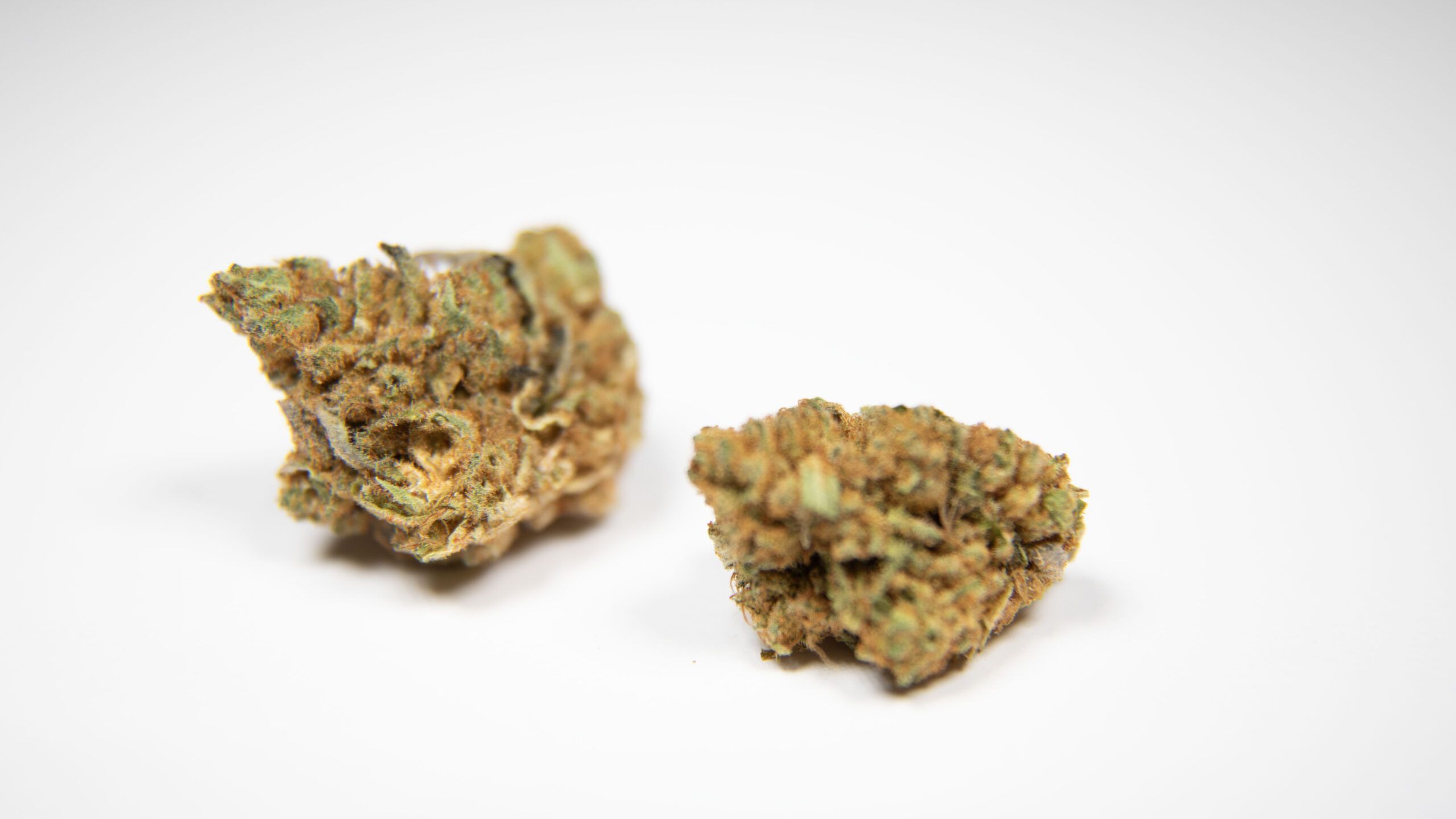In the ever-evolving world of cannabis cultivation, lighting plays a central role in determining not just the yield, but also the quality, potency, and terpene profile of the final product. As growers chase higher cannabinoid levels and more vibrant flavor expressions, advances in lighting technology have become essential tools in producing premium cannabis.
Lighting doesn’t just substitute for the sun—it defines the rhythm of plant life indoors. From the seedling stage through flowering, cannabis plants respond dynamically to different wavelengths, intensities, and light cycles. Cultivators who understand and leverage this can elevate their grow to award-winning levels.
The Evolution of Grow Lights
Traditional setups once leaned heavily on High-Pressure Sodium (HPS) and Metal Halide (MH) lamps. While these have served their purpose for decades, they come with drawbacks—primarily energy inefficiency, heat output, and limited spectrum control.
Enter Light Emitting Diodes (LEDs). Once viewed as an expensive luxury, modern LED systems are now considered the gold standard in premium cannabis cultivation. Industry feedback consistently shows that top-tier growers have transitioned to LED solutions for the benefits they offer in efficiency, tunability, and environmental sustainability.
According to Cannabis Business Times, over 70% of commercial growers in North America now use LEDs either exclusively or as part of a hybrid system. These fixtures offer full-spectrum light with precision control, allowing cultivators to adjust red, blue, and far-red wavelengths to support plant growth at every stage.
Why Spectrum Matters
Cannabis plants thrive under different light spectrums depending on their growth phase. Blue light, for example, is key during the vegetative stage, promoting tight node spacing and robust structure. Red light, on the other hand, plays a significant role in flowering, encouraging bud development and resin production.
Many of today’s premium LED fixtures, like those from Fluence Bioengineering, Gavita, and Luxx Lighting, are engineered to mimic the sun’s natural light cycle while giving growers the power to tweak it. This customization allows for strain-specific lighting strategies—something that’s become a secret weapon in the toolkit of high-end cultivators.
Yield, Potency, and Terpenes
Lighting directly impacts photosynthesis, which in turn affects biomass accumulation and cannabinoid synthesis. A well-designed lighting strategy can lead to not only bigger yields but also stronger THC and CBD percentages.
Terpene expression, too, is heavily influenced by lighting. Cultivators have found that slight adjustments in the light spectrum during the final two weeks of flowering can boost terpene content, enhancing aroma and flavor. In fact, some growers are experimenting with “sunset” lighting protocols—gradually reducing intensity and increasing red spectrum toward harvest—to mimic natural dusk and trigger stress responses that enrich resin production.
Energy Efficiency and ROI
While LED systems may have a higher upfront cost, the long-term return on investment is compelling. LEDs consume less electricity, emit less heat (which reduces HVAC costs), and have a much longer lifespan than HPS systems. According to Resource Innovation Institute, facilities that transitioned to LEDs reported up to a 35% reduction in total energy use, a metric that matters both for profitability and sustainability.
In a market where premium quality fetches premium prices, the initial investment in top-tier lighting pays dividends in both product value and operational savings.
Lighting Automation and Data
Top-tier cultivators increasingly integrate their lighting systems into broader facility management software. Automation allows precise control over light schedules, intensity changes, and spectrum tuning, all monitored remotely through platforms like Growlink or Argus. This not only ensures consistency but also helps identify issues before they affect a crop.
Many of today’s elite cultivation facilities track light-use efficiency (grams per watt) as a benchmark for performance. With data-driven insights, growers can replicate success or tweak their lighting recipes for improved results with each harvest.
Looking Ahead
As the cannabis industry matures, the bar for premium flower continues to rise. Lighting technology, once a background feature, now takes center stage in high-end grow rooms across the country. The fusion of horticultural science, engineering, and real-time analytics is enabling growers to unlock the full potential of their genetics.
From boutique indoor operations to large-scale vertical farms, those who master lighting stand at the forefront of quality cultivation.

